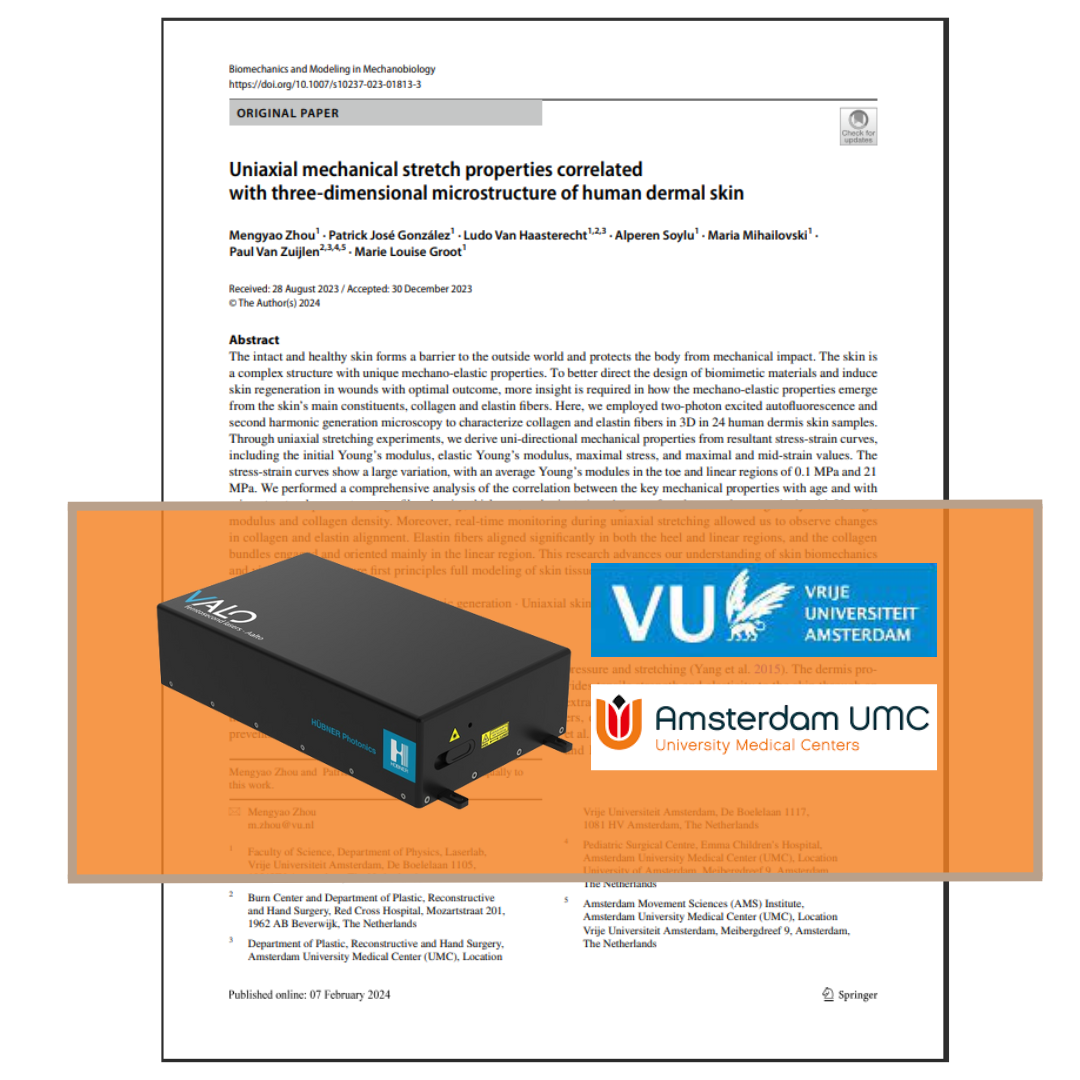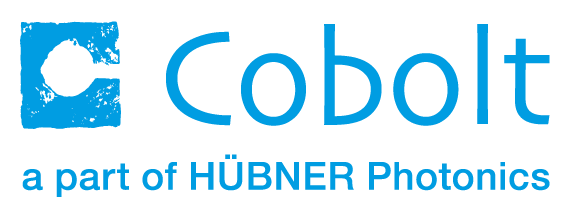Notice: Undefined variable: wrapper_awb_layout in /var/www/vhosts/hubner-photonics.enestedt-playground.se/httpdocs/wp-content/themes/Avada-Child-Theme/shortcodes/fusion-social-sharing.php on line 74
Notice: Undefined variable: output in /var/www/vhosts/hubner-photonics.enestedt-playground.se/httpdocs/wp-content/themes/Avada-Child-Theme/shortcodes/fusion-social-sharing.php on line 404
Uniaxial mechanical stretch properties correlated with three-dimensional microstructure of human dermal skin
Skin, the body’s natural armor, relies on its unique mechanical and elastic properties to fend off external pressures. Understanding how these traits stem from collagen and elastin fibers is pivotal for crafting biomimetic materials and enhancing skin regeneration.
In a collaborative effort involving researchers from Vrije University in Amsterdam, Amsterdam University Medical Centre, and the Red Cross Hospital in the Netherlands, advanced microscopy techniques were employed to scrutinize collagen and elastin fibers in 24 human dermis skin samples, capturing them in 3D. This analysis was accomplished with the help of our VALO femtosecond fiber laser.
The study utilized uniaxial stretching experiments to unveil insights into the mechanical behavior of skin. This technique involves stretching a skin sample in a single direction while measuring the resulting stress and strain. Such experiments provide valuable understanding of how skin responds to mechanical forces, shedding light on its elasticity, strength, and other vital characteristics.
Real-time monitoring during stretching uncovered shifts in collagen and elastin alignment, deepening our comprehension of skin biomechanics. This knowledge, in turn, holds promise for the development of improved materials and skin treatments in the future.

More resources
Looking for more in-depth information? Visit our Knowledge Bank page for detailed articles and insights on our products and technologies.




